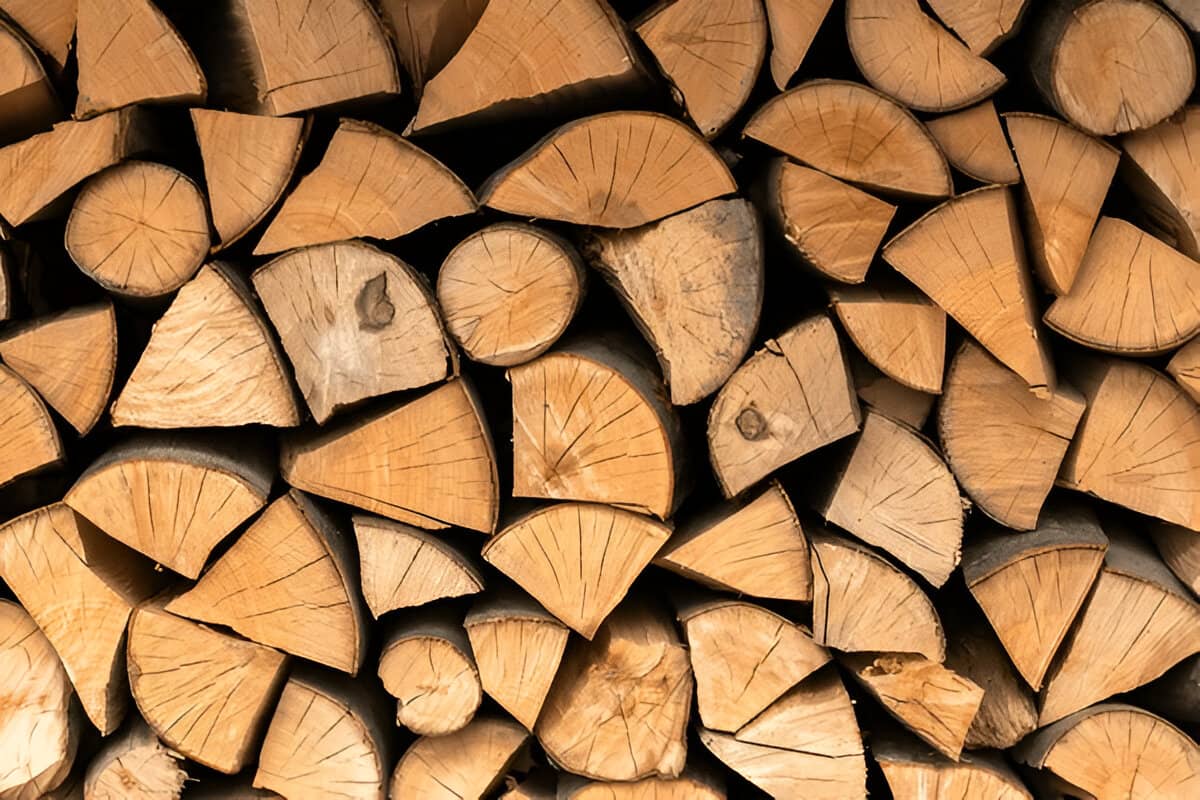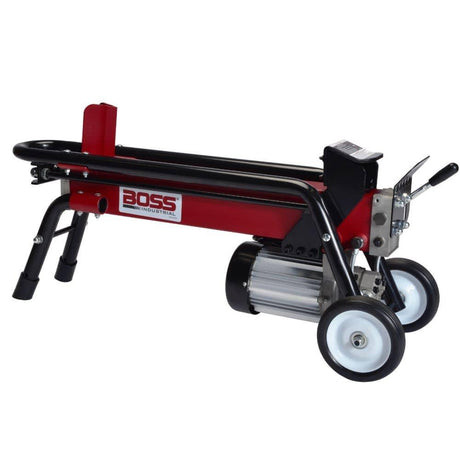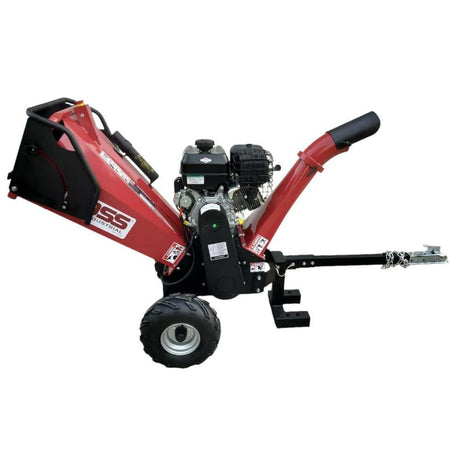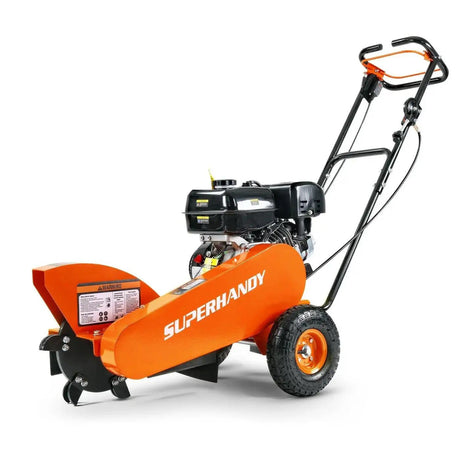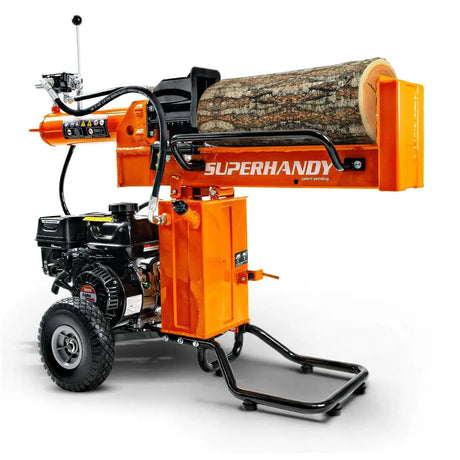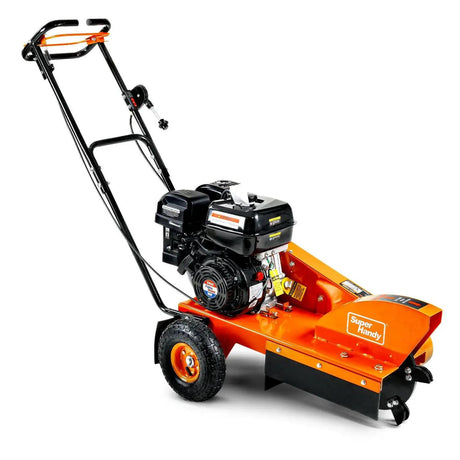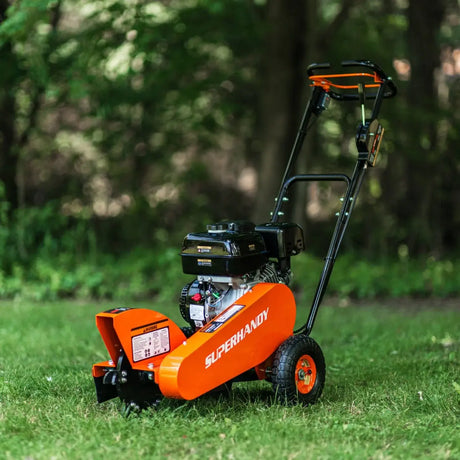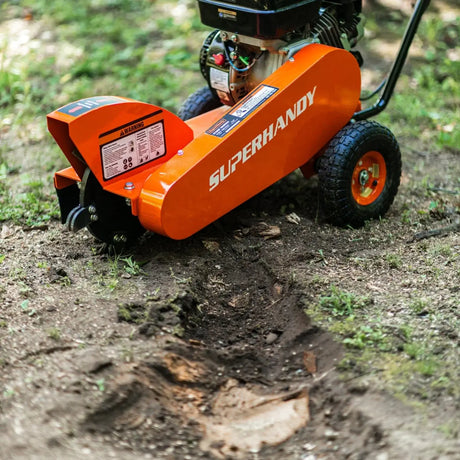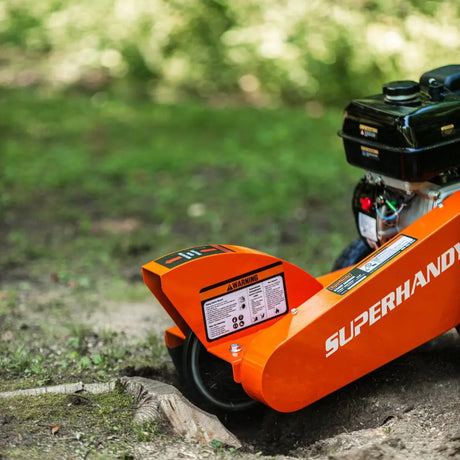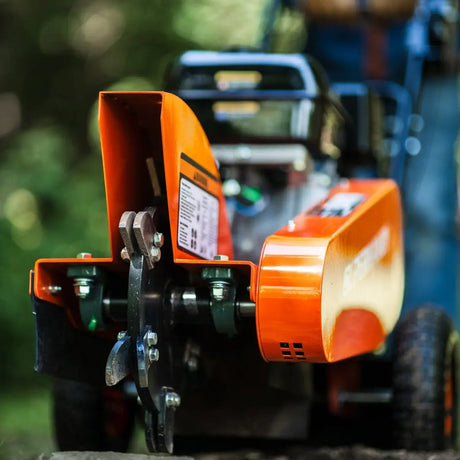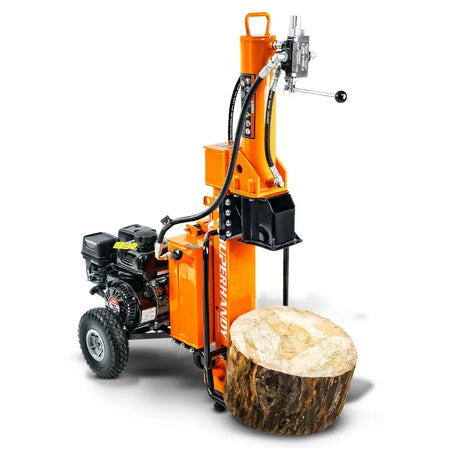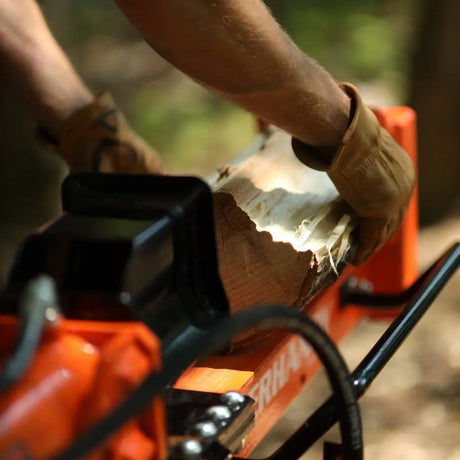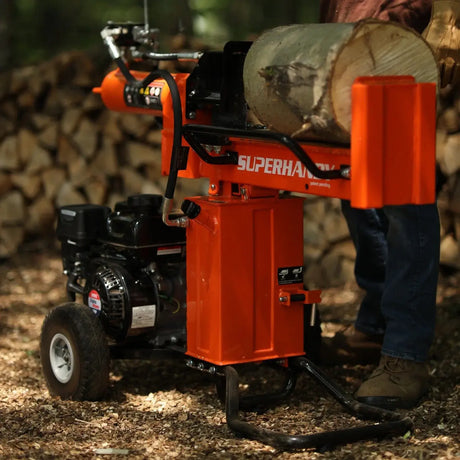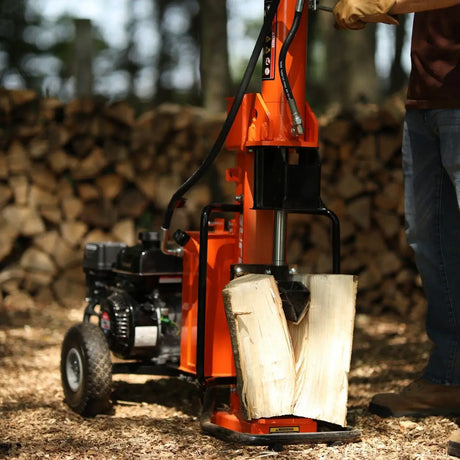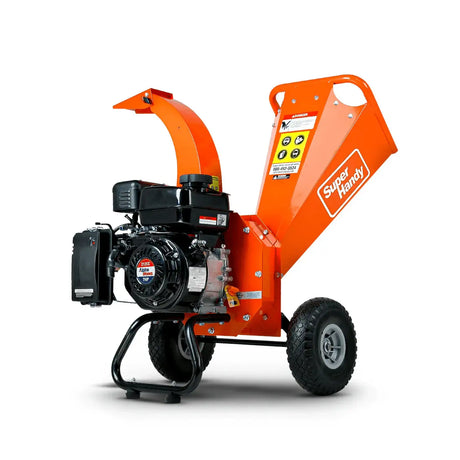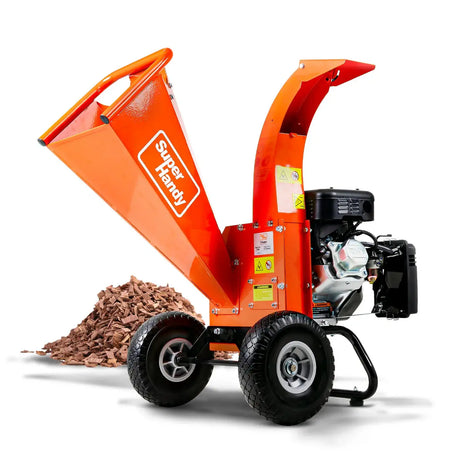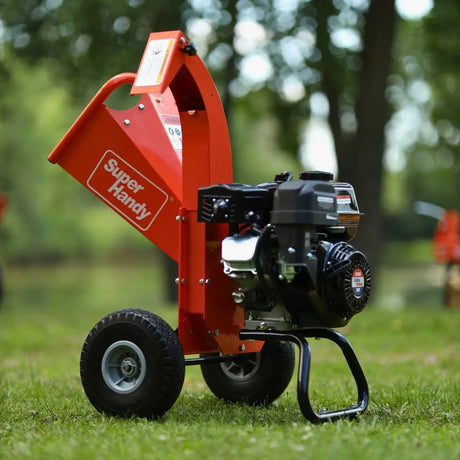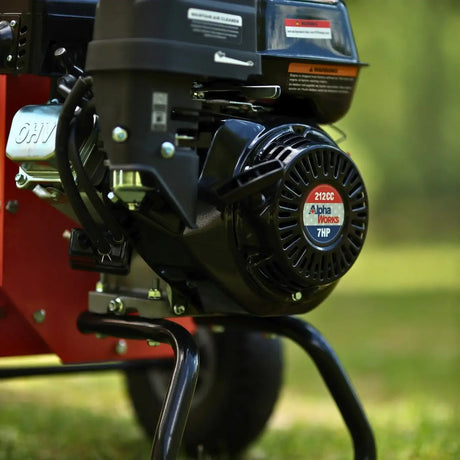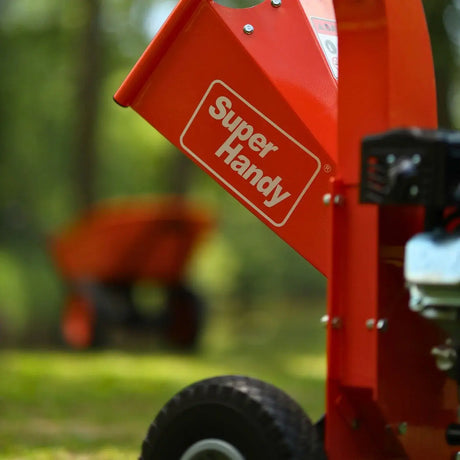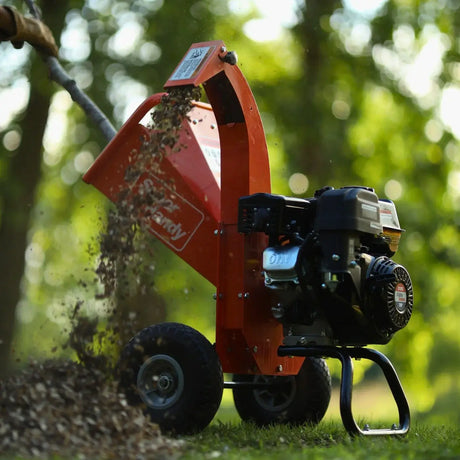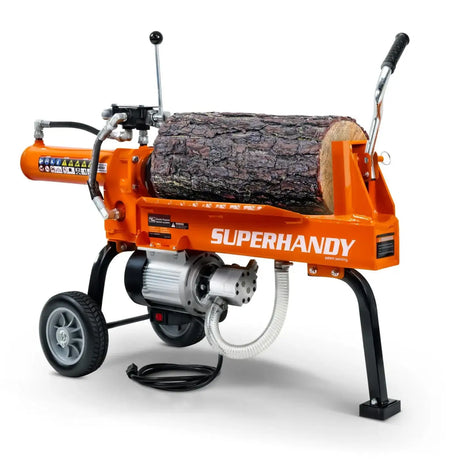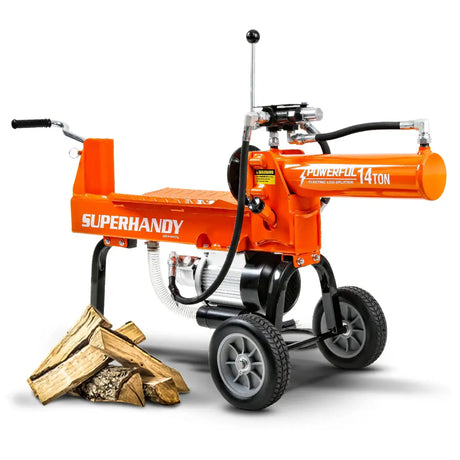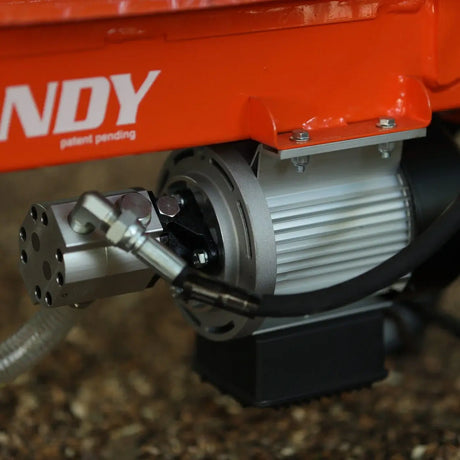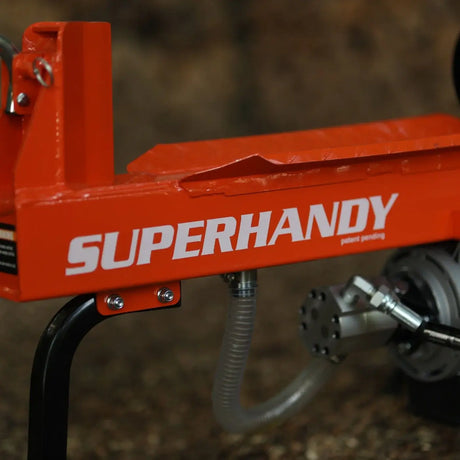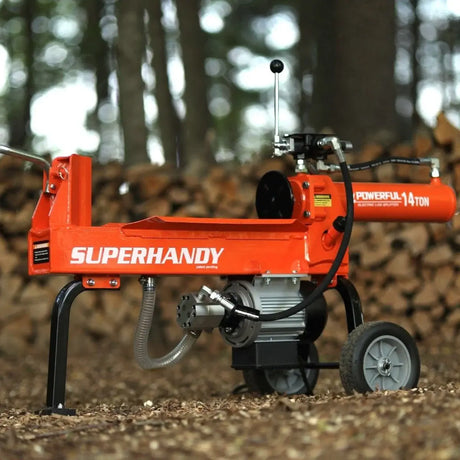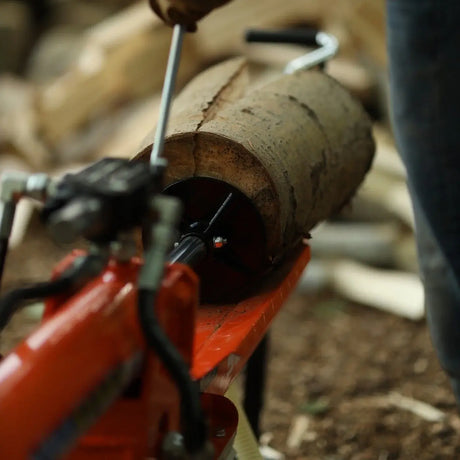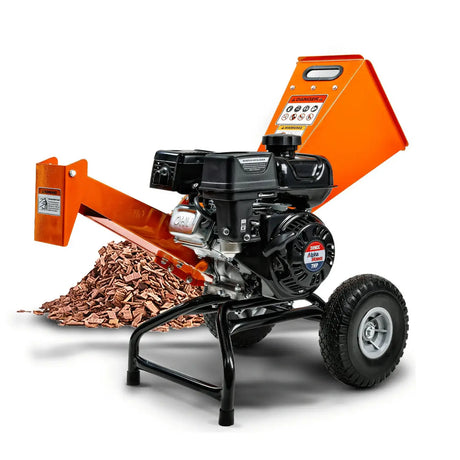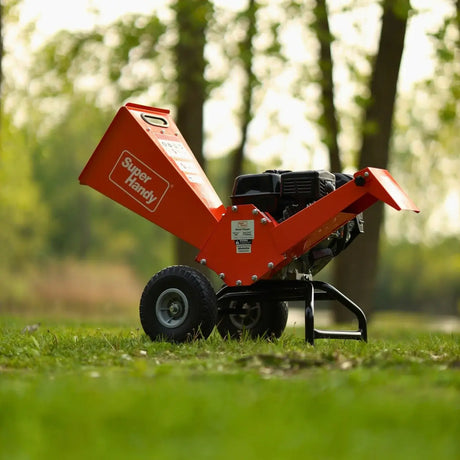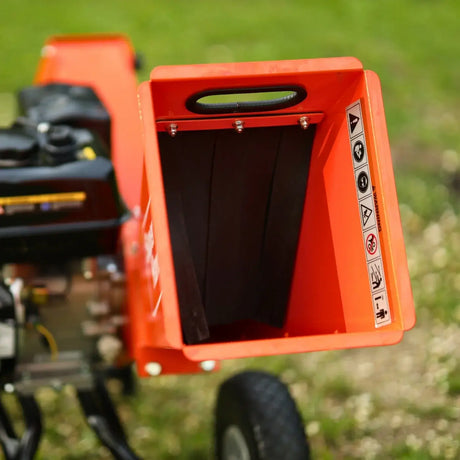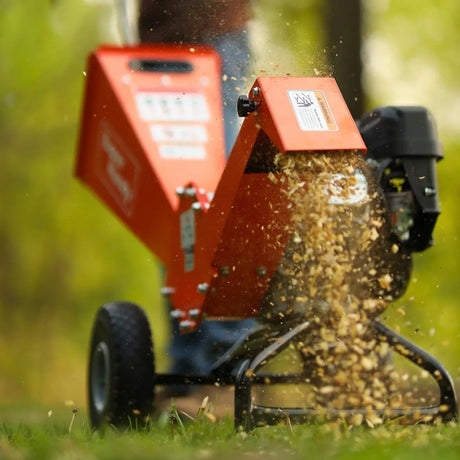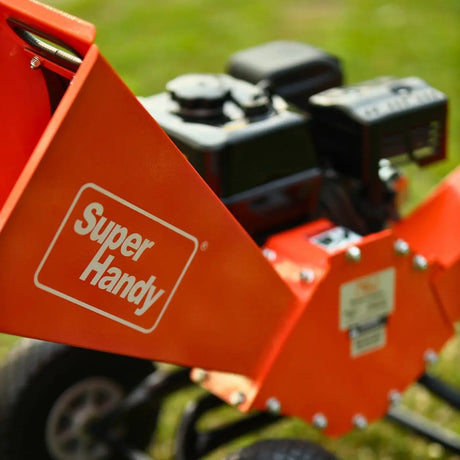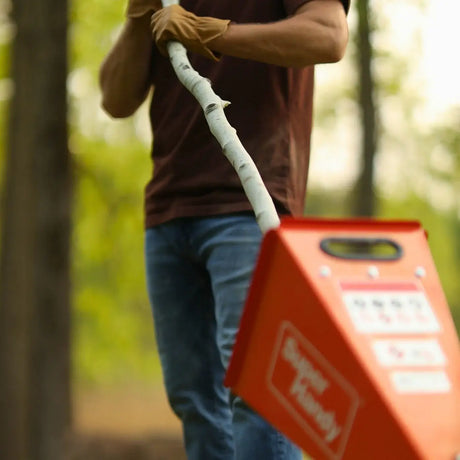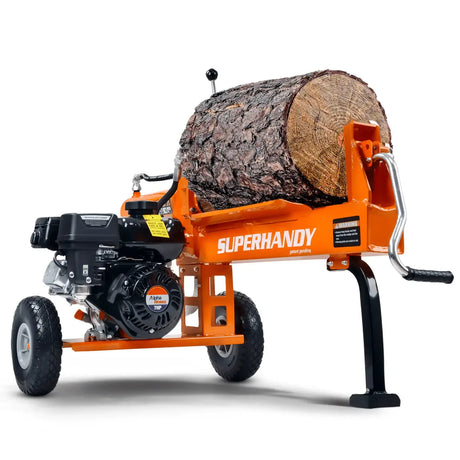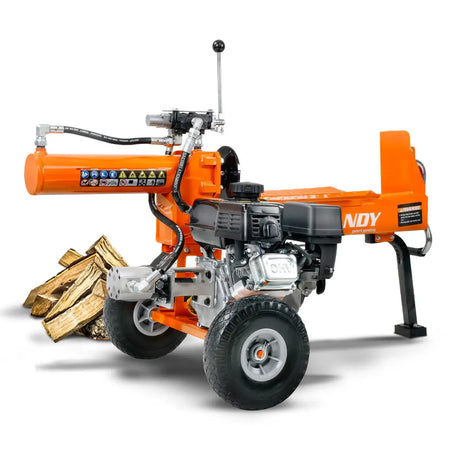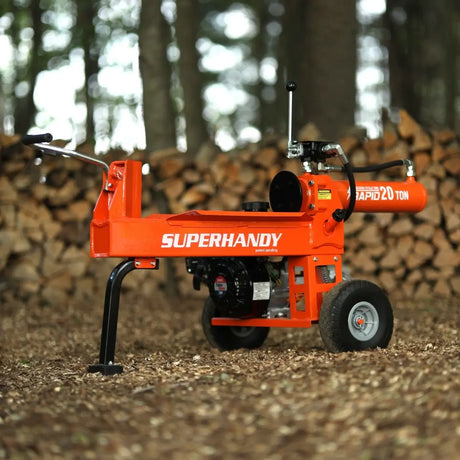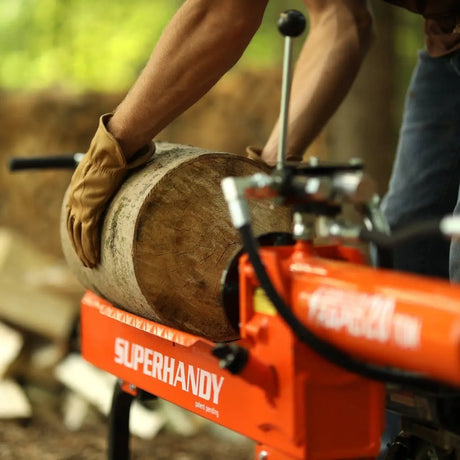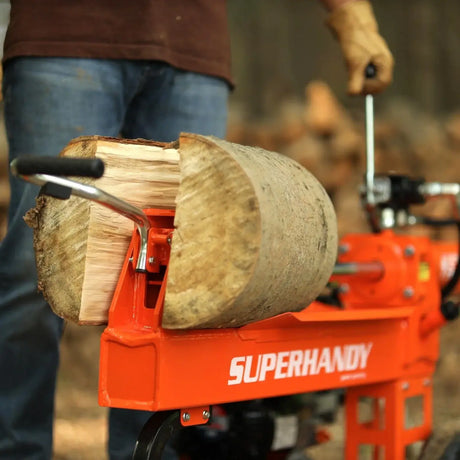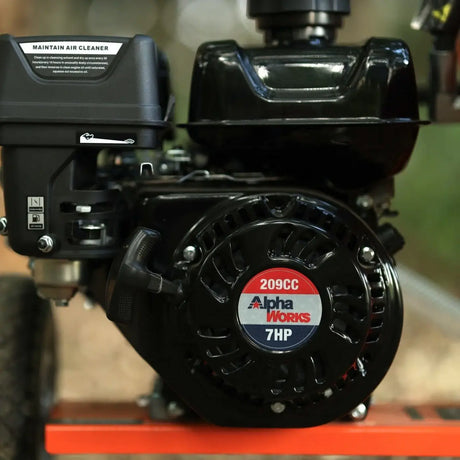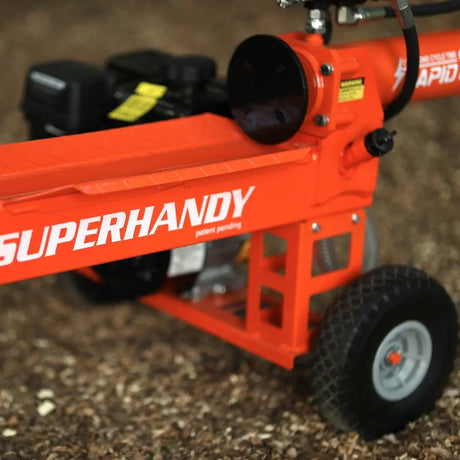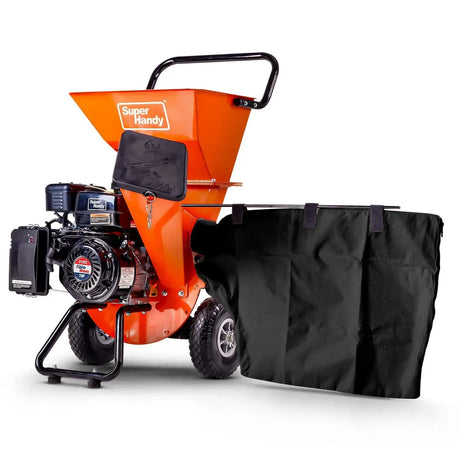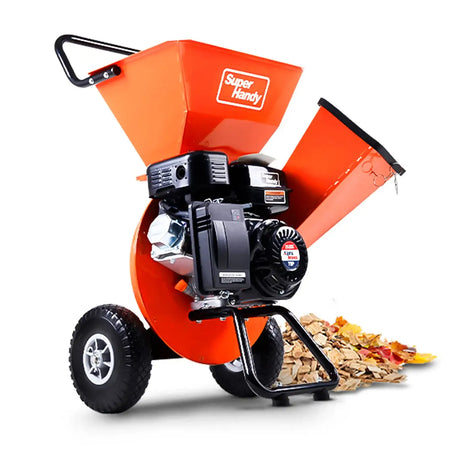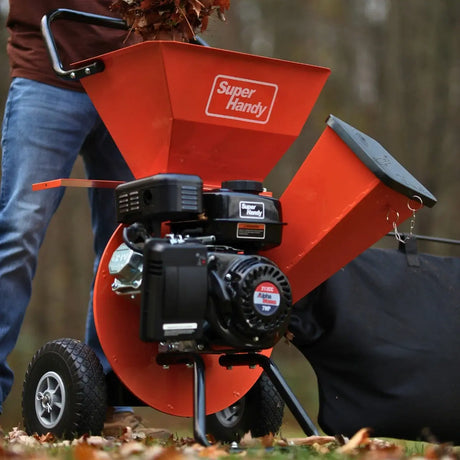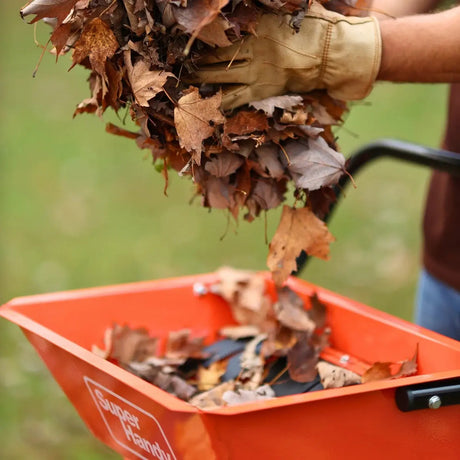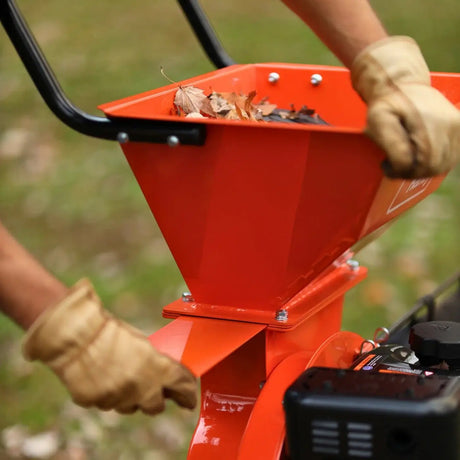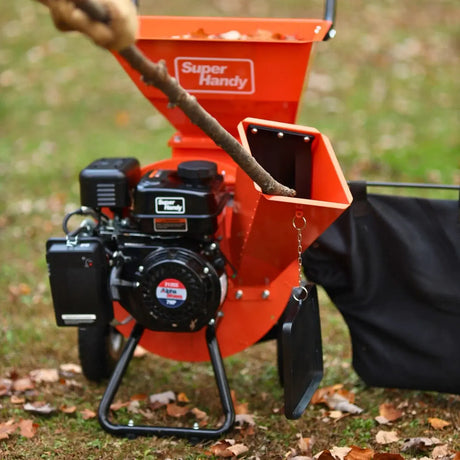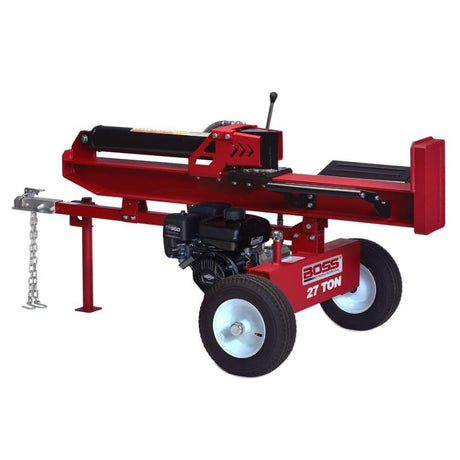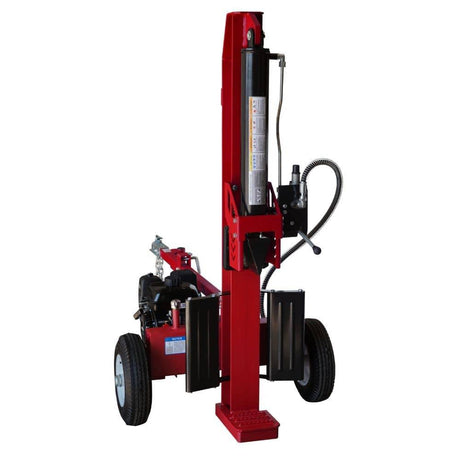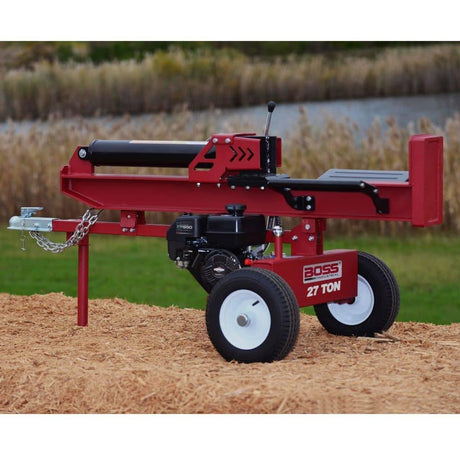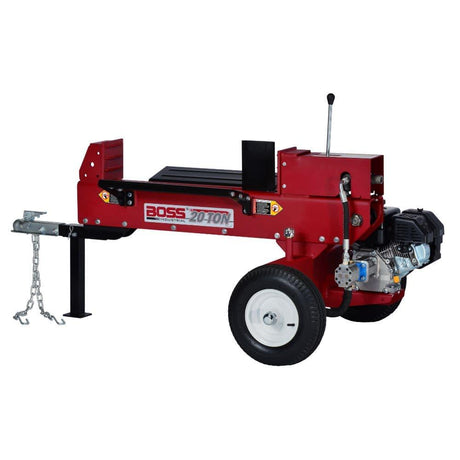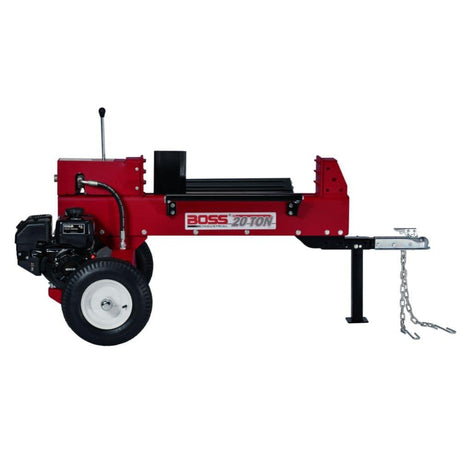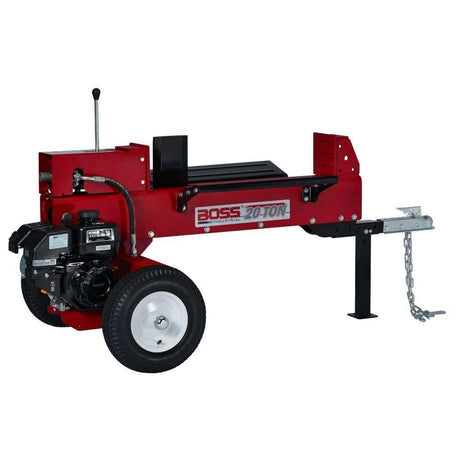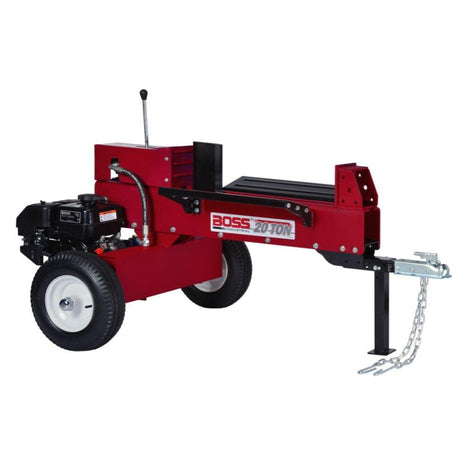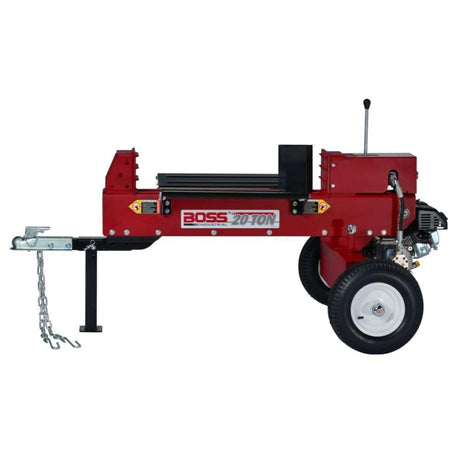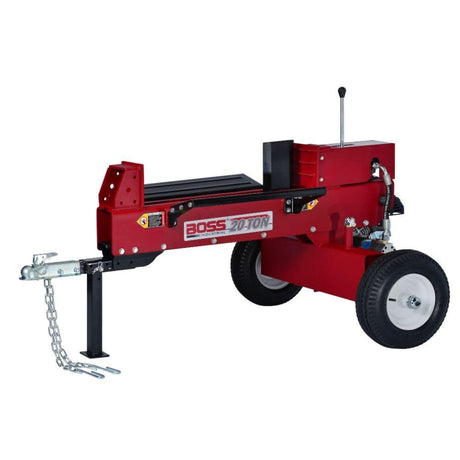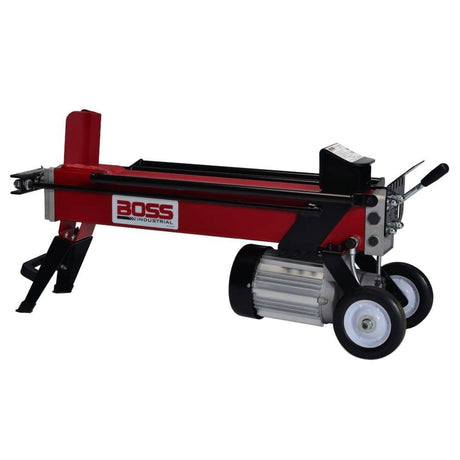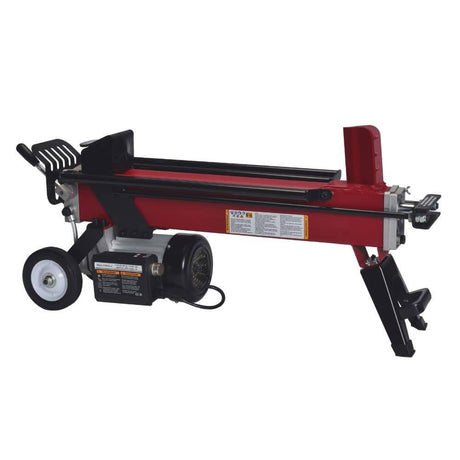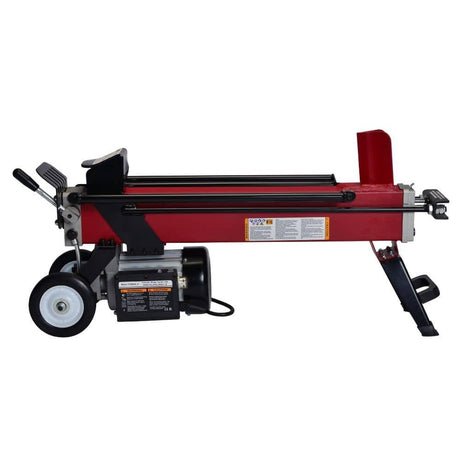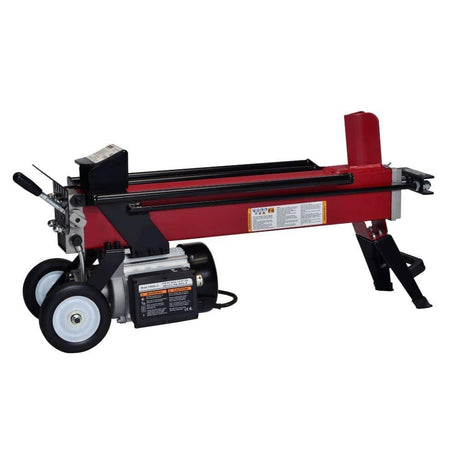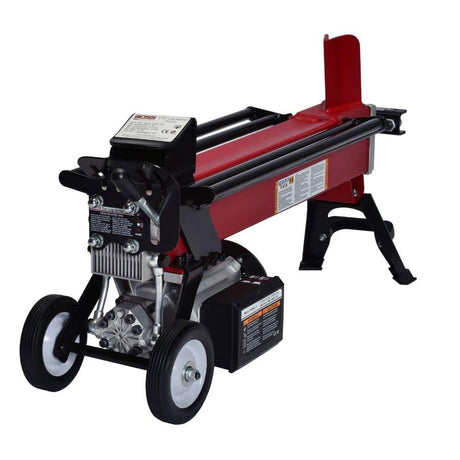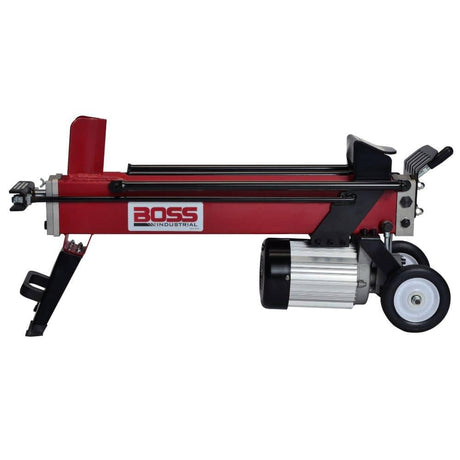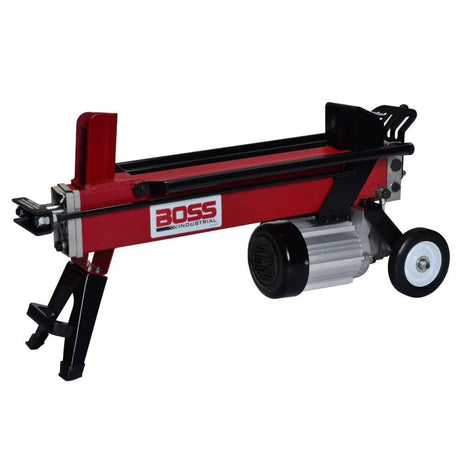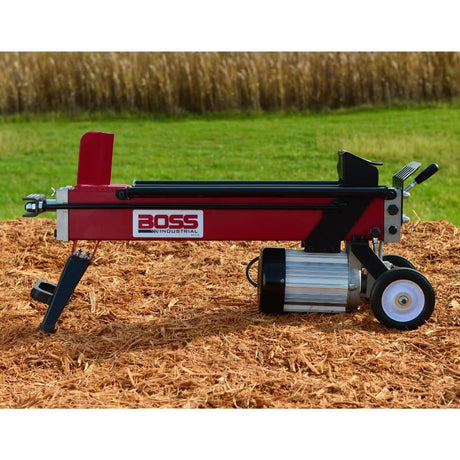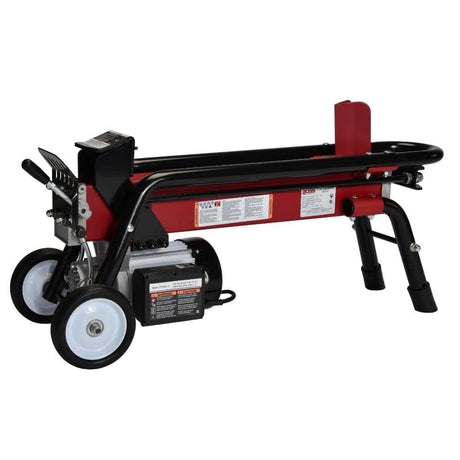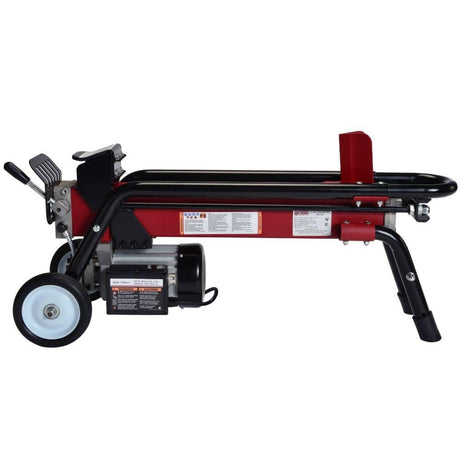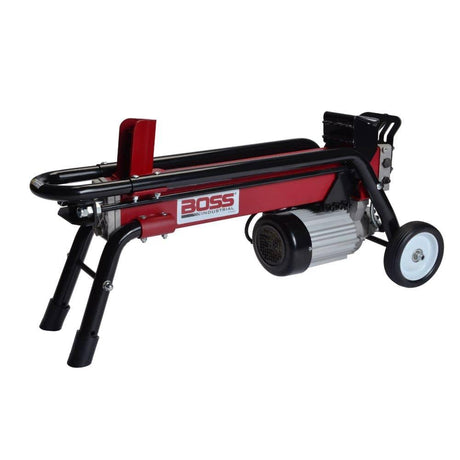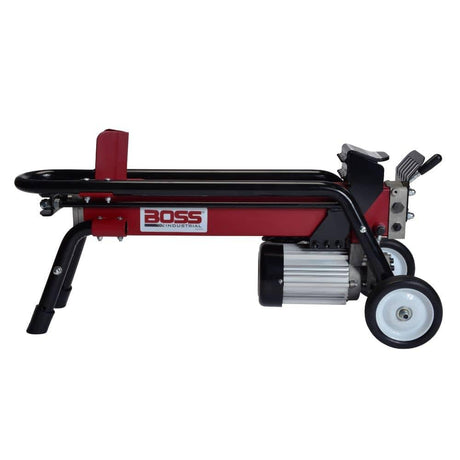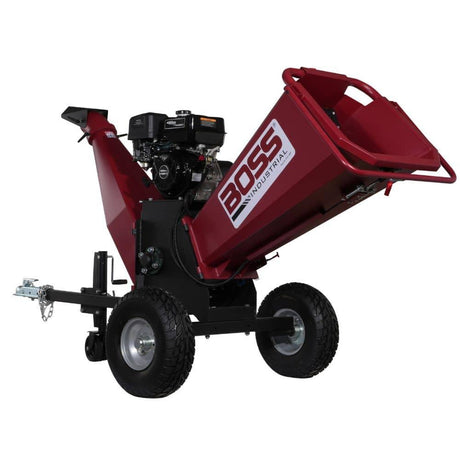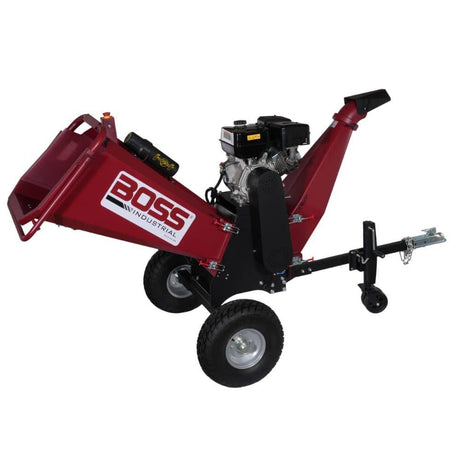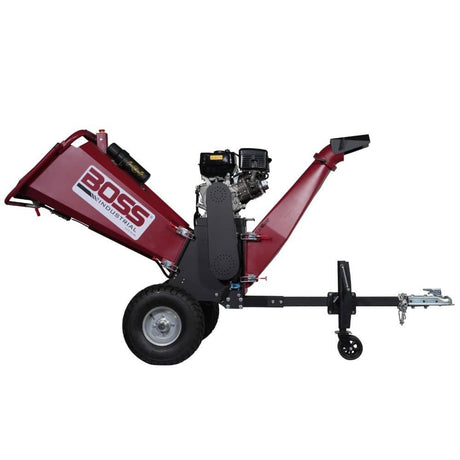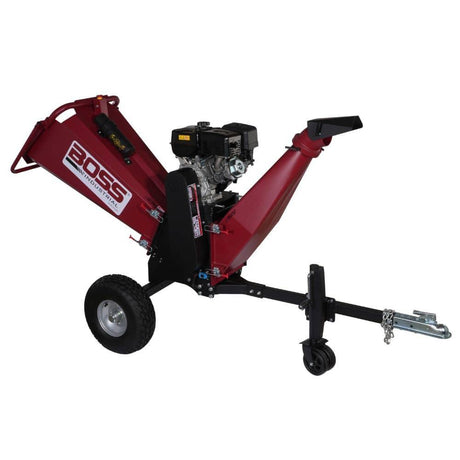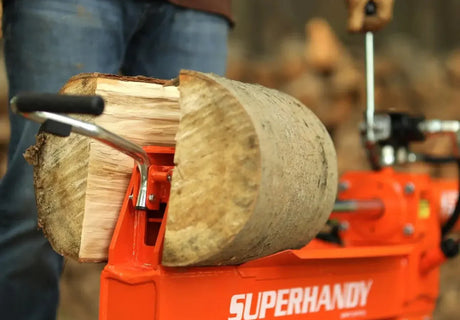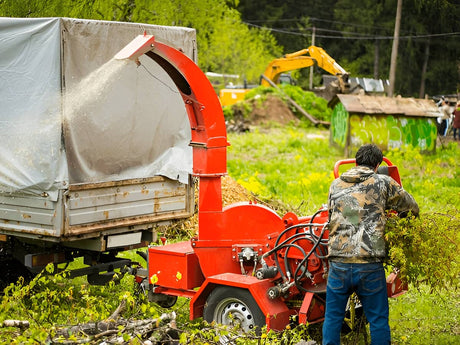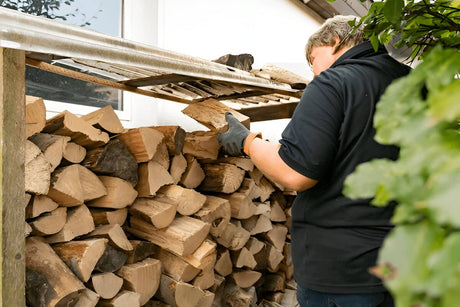Skipping the splitting step might seem like a shortcut-but it costs you in time, heat, and safety. Whether you're using a wood stove, fireplace, or prepping firewood for the winter, understanding why splitting matters can make a huge difference. Here's what happens when you don't-and what to do instead.
Key Takeaways
- Whole logs dry slow and uneven. This traps moisture deep inside and delays the drying process by a season or more.
- Split wood burns faster and hotter. More surface area means easier ignition and more efficient fires.
- Unsplit rounds raise chimney risks. Burning wet wood creates creosote, which can cause chimney fires.
- Split logs take up less space. They're easier to stack, carry, and store.
- Using a log splitter helps you prep smarter. From manual splitters to powered log splitters, the right tool saves time and reduces strain.
- Split wood burns cleaner. It produces fewer emissions and gives off more heat with less smoke.
The Consequences of Not Splitting Firewood
Leaving wood in whole logs or large rounds might feel easier, but it causes more problems than it solves.
- Moisture stays trapped inside. Especially with dense wood like oak, hickory, or any log with thick bark, the drying process slows way down-sometimes by a couple years.
- Even felled trees sitting in a pile can retain moisture long after the outside looks dry.
- Wet wood and green wood lead to heavy smoke, poor coals, and low heat.
If you're stacking rounds without splitting, you're likely storing firewood that won't be ready for the next season-or even the one after that.
You'll also struggle to light a fire or keep it going. Split wood exposes more surface area, making it easier to ignite and control. Unsplit logs often burn unevenly, causing smoke buildup and leaving behind partially burned wood.
Worse, if you burn improperly seasoned wood, your chimney collects creosote faster, which increases the risk of chimney fires.
Bottom line: splitting isn't just about looks-it's about performance, safety, and getting the most out of your firewood.

Moisture Content in Whole Logs
Moisture is your biggest obstacle when it comes to getting clean, efficient heat.
- Whole logs dry unevenly. The outside might feel dry, but the core stays wet, especially in dense rounds or thick-barked species like oak.
- Even after a full season, that internal moisture can stick around and ruin your burning performance.
Split logs dry faster because they offer more surface area—and when paired with the right type of splitter for your routine, it streamlines your entire firewood prep process.
Expert Tip: Use a moisture meter on your cut wood. Check a few samples-not just the ends. You want to see readings under 20% for properly seasoned wood.
If you're burning green wood or anything over 20%:
- Expect more smoke than heat.
- You'll get poor coals and inefficient burning.
- Your stove or fireplace will struggle to stay hot.
Bottom line: Split your logs and test them before use. It's the only way to make sure your firewood is dry and ready to burn safely.

Inefficient Burning and Heat Generation
Split wood burns cleaner, faster, and hotter.
- When you toss wet wood or green wood into your wood stove, the first thing it does is burn off moisture, not produce heat.
- That wasted energy means less warmth, more smoke, and frequent reloading.
You end up burning more wood just to stay warm.
Properly seasoned and dry wood-especially hardwoods like oak-gives you:
- Longer burn times
- Hotter fires
- Better coals for sustained heat
Pro Tip: If your fire fizzles out quickly or your chimney smokes heavily, check your moisture content and your split size.
Split logs ignite faster and maintain consistent heat. They're easier to stack, burn, and control-especially in smaller fireplaces or modern stoves.
Skip the frustration. Burn dry, split wood-not wet rounds that underperform.

Increased Risk of Chimney Fires
Burning green wood or wet wood is a major fire hazard.
- These types of wood produce more smoke, which leads to creosote buildup inside your chimney.
- Creosote is a flammable, tar-like substance. Over time, it coats your flue and becomes a serious risk.
Unsplit rounds are the main culprits. They trap moisture under the bark, making it harder for the log to dry fully-even after a full season.
The result?
- You get less heat
- More smoke
- Higher chance of a chimney fire
Expert Tip: Use a moisture meter to confirm your firewood is properly seasoned (under 20% moisture content). Always burn split wood, and have your chimney inspected and cleaned regularly.
Split logs burn hotter and cleaner. That reduces creosote, protects your stove, and keeps your fireplace safe all winter long.

Pest Infestation Risks
Whole logs and felled tree rounds are pest magnets.
- Moisture under the bark attracts termites, ants, and boring beetles.
- These pests don't just stay in the wood-they can spread to your home, firewood pile, or other wood nearby.
Split wood dries faster and holds less moisture. That makes it far less appealing to insects.
Quick Tips to Prevent Infestation:
- Stack your split logs off the ground on a rack or pallets.
- Keep the pile loosely covered-ventilation helps dry wood and keeps pests out.
- Avoid storing cut wood right next to your house or shed.
Bonus: Well-seasoned, dry wood not only keeps pests away-it burns hotter and safer in your wood stove or fireplace.

Why Splitting Firewood is Important
Faster Drying Process
Split logs expose more surface area, allowing moisture to escape faster.
- Even dense woods like oak or hickory dry quicker once split.
- Instead of waiting a couple years, you can be ready in one season.
- Use a moisture meter to check-under 20% moisture content is the goal.
Improved Burn Efficiency
Split wood burns cleaner, hotter, and longer than whole logs—especially when you’re using a splitter that’s built for safety and precision.
- You'll spend less time tending the fire and more time enjoying the heat.
- Better burns = fewer reloads, more consistent coals, and less smoke.
- Cleaner combustion also means less creosote buildup in your chimney.
Easier Storage and Handling
Split pieces stack tighter, dry better, and take up less space.
- Easier to carry, stack, and fit into your fireplace or wood stove.
- Safer to handle-no straining to move large logs or dropping rounds on your foot.
- Ideal for anyone splitting daily loads during winter or keeping a ready-to-burn pile near the stove.
Bottom line: Whether you're prepping for the season, heating a cabin, or just want more heat with less hassle, split firewood makes all the difference.

Tools and Techniques for Splitting Wood
Essential Tools
- Axe or maul: Best for smaller jobs or softer woods like pine. Lightweight axes work well for small pieces, while heavier mauls help split larger chunks.
- Wedges and sledge: Ideal for felled rounds, knotty logs, or tough oak that resists an axe. Great for bigger stuff with twisted grain.
- Moisture meter: A must-have. Use it to test cut wood before burning. Aim for moisture content under 20% for clean, hot burns.
- Optional: Log splitter-saves time, effort, and your back, especially for rounds, green wood, or high-volume work.
Proper Splitting Techniques
- Always place logs on a solid ground surface or splitting block. Avoid soft soil-it absorbs energy and risks blade deflection.
- Start each split with a notch near the bark, then drive toward the center. This prevents the blade from bouncing and gives you more control.
- Use a sharp blade-dull edges make the job harder and less safe. Keep it honed for cleaner cuts and less strain.
- Watch your footing, wear protective gear, and take your time. The learning curve is real, but safe, consistent swings beat brute force.
- Pro tip: Rotate rounds if they won't split cleanly. Target cracks or bark lines to make the first cut easier.
Whether you're using hand tools or a log splitter, good technique matters. It saves energy, reduces injury risk, and makes your splitting session more efficient.

Using a Log Splitter
A log splitter removes the hard part of splitting. No more swinging, missing, or wrestling with large logs. It's the tool of choice for anyone with a steady supply of firewood or felled trees.
Here's a quick breakdown of your options:
- Electric models : Quiet, low-maintenance, and perfect for use near the house or garage. Best for average workloads and regular backyard use. Pair well with dry wood or properly seasoned cut wood.
- Gas-powered : Built for serious jobs. Ideal for dense species like oak or hickory, or when you need to split logs all season long. Delivers more splitting force and handles bigger stuff with ease.
- Manual splitters : Simple and affordable. Great if you're only tackling small pieces or soft green wood. Not ideal for larger chunks, but good for those wanting control and a bit of a workout.
Shop Gas & Electric Log Splitters →
Using the right log splitter matters. If you're unsure which model fits your setup, you can explore the different options available based on log size, power source, and job type. Whether you're prepping for the stove, fireplace, or wood stove, it keeps your workflow smooth and efficient.
Pro tip: Choose a splitter based on moisture content, wood type, and volume. It's not just about power-it's about consistency and control.

Safety Tips When Splitting Firewood
Protective Gear
- Gloves for grip and splinter protection.
- Safety glasses to shield your eyes from flying wood.
- Steel-toe boots to protect against dropped logs.
Safe Splitting Practices
- Always split on stable ground.
- Keep others clear of the swing zone.
- Use two hands and full attention on every swing or machine cycle.
First Aid for Injuries
- Keep bandages and antiseptic nearby.
- Ice packs for blade nicks or bruises.
- Don't push through fatigue-it's when most mistakes happen.
Summary
What happens if you don't split firewood? (And why it matters): You end up with logs that are slow to dry, hard to burn, and dangerous for your chimney. Split wood gives you better performance, more heat, and fewer headaches.
Use a moisture meter, invest in a log splitter, and keep your pile rotating. It's all about staying dry, safe, and efficient.


